blog
-
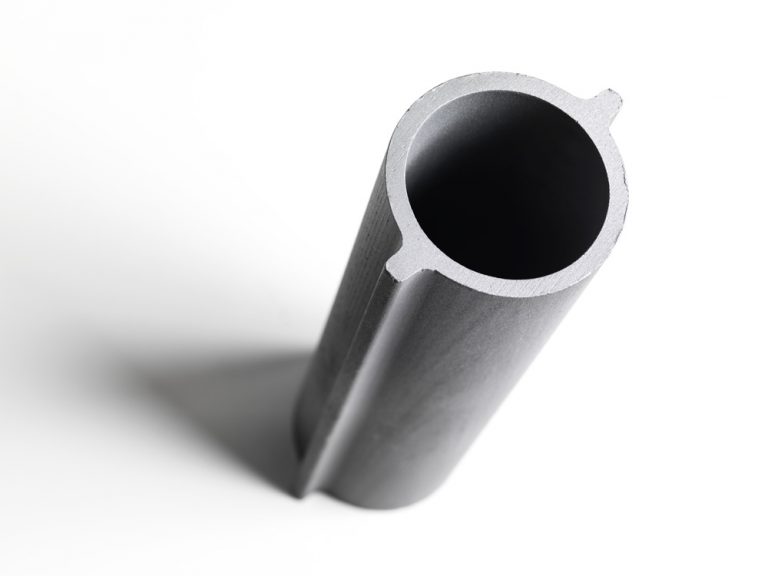
TUBOS DE AÇO SEM EMENDA OBTIDOS POR EXTRUSÃO A QUENTE - tubo de AÇO SEM EMENDA
Os tubos de aço sem costura obtidos por extrusão a quente são o resultado de um processo de fabricação em que a força atuante é a compressão. Na extrusão a quente, os tarugos de aço são empurrados através das chamadas “luzes de passagem” que são moldadas e dispostas em ferramentas especiais, chamadas matrizes, de modo a obter a forma desejada. Este tipo de processamento ocorre em altas temperaturas para reduzir as forças necessárias. e operam mais facilmente em materiais que, por natureza, não seriam especialmente dúcteis se processados à temperatura ambiente.Consulte Mais informação -
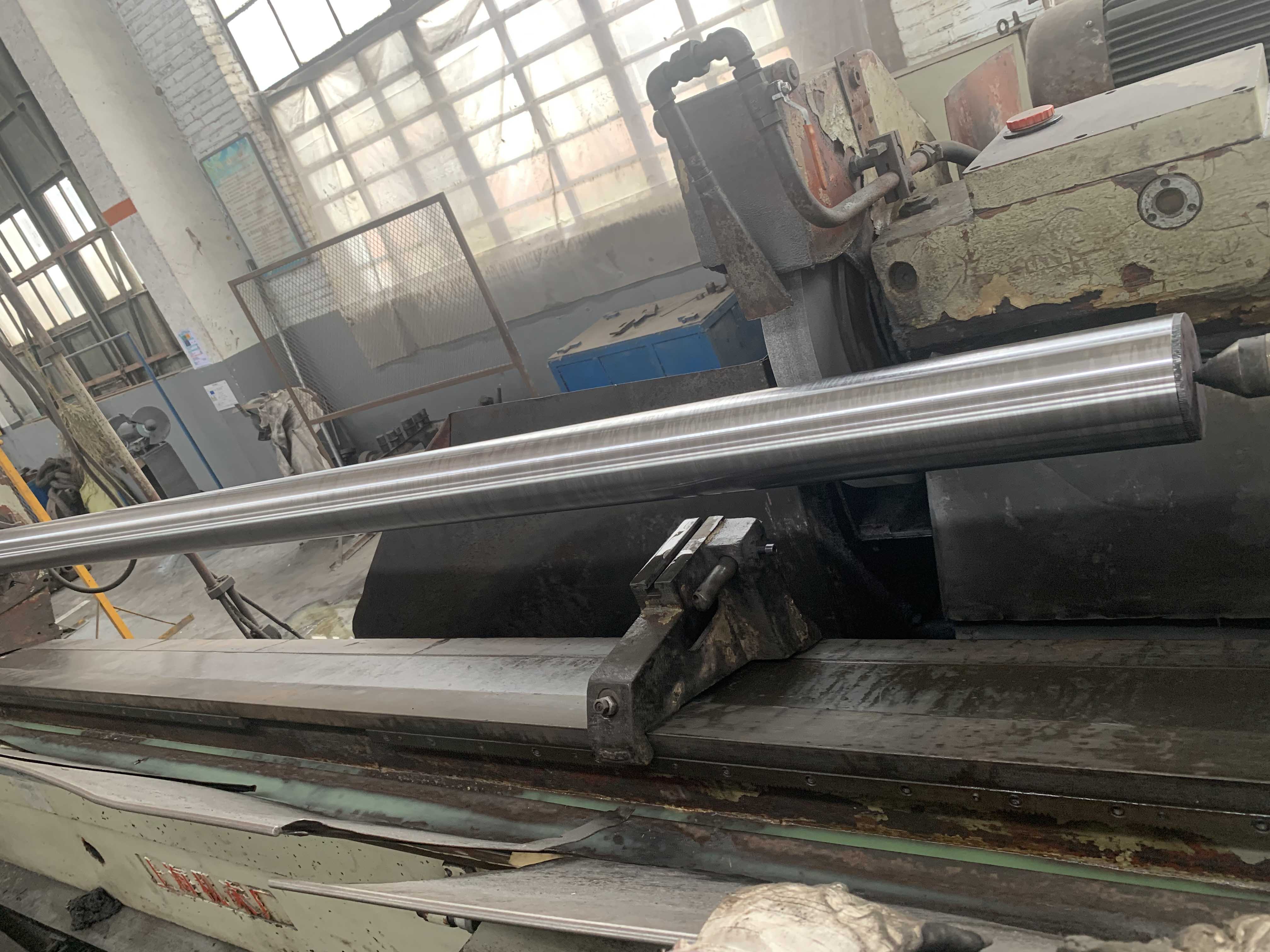
TUBOS DE AÇO SEM EMENDA OBTIDOS POR EXTRUSÃO A QUENTE - Tubo de aço inoxidável
Os tubos de aço sem costura obtidos por extrusão a quente são o resultado de um processo de fabricação em que a força atuante é a compressão. Na extrusão a quente, os tarugos de aço são empurrados através das chamadas “luzes de passagem” que são moldadas e dispostas em ferramentas especiais, chamadas matrizes, de modo a obter a forma desejada. Este tipo de processamento ocorre em altas temperaturas para reduzir as forças necessárias. e operam mais facilmente em materiais que, por natureza, não seriam especialmente dúcteis se processados à temperatura ambiente.Consulte Mais informação -
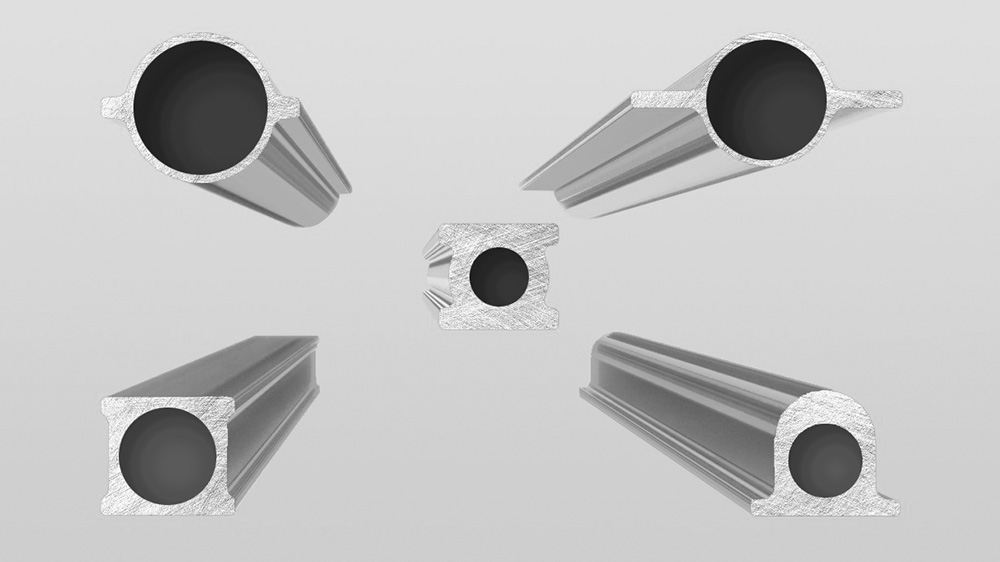
Seamless steel pipes-ERW Steel Pipe
Seamless steel pipes are produced by piercing a solid billet of steel to form a hollow tube. The billet is heated to a temperature that allows it to be easily pierced by a piercing mill. The mill contains a mandrel, which is a cylindrical tool that supports the inside of the tube during the piercing process.Once the billet is pierced, it is rolled and stretched to achieve the desired shape and size of the tube. This process is known as the extrusion process. The extrusion process can produce seamless pipes of various sizes and thicknesses, making them suitable for a range of applications.The main advantage of seamless pipes is that they have a smooth surface finish, which is essential for industries such as water supply, where cleanliness is crucial. Seamless pipes are also stronger and more durable than welded pipes, making them suitable for applications where high pressure and high temperatures are involved, such as in the oil and gas industry.Consulte Mais informação -
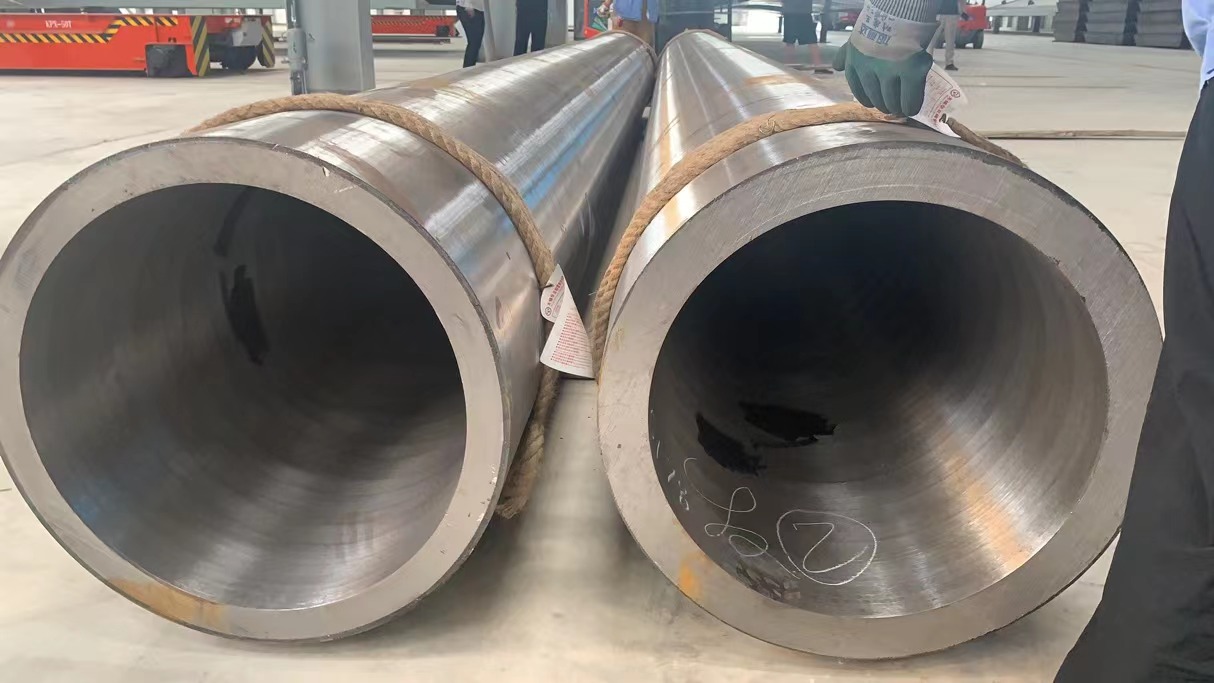
how are steel tubes made-Welded Steel Pipe
O tubo de aço (e o tubo de aço) evoluiu ao longo da história. Especificamente, o tubo de metal existe desde cerca de 3.000 aC. Na verdade, os egípcios fizeram o primeiro tubo de metal de cobre. Já em 2.500 aC, os chineses usavam tubos de bambu como forma de transportar gás. Já em 2.500 aC, os chineses usavam tubos de bambu como forma de transportar gás natural para Pequim, sua capital. Roma e a Pérsia criaram aquedutos para levar água aos centros das cidades para tomar banho, lavar e beber. Além disso, o cano (ou tubulação) é feito com muitos materiais e métodos diferentes. Pedra oca, argila cozida, bambu, palmeira, sequóia, chumbo, bronze, cobre e borracha são apenas alguns dos materiais que compõem os tubos. Em meados de 1800, a indústria siderúrgica moderna foi reforçada com o processo Bessemer. O processo Bessemer representou o primeiro método barato para produção em massa de tubos de aço. Posteriormente, o tubo sem costura nasceu em 1895. Seguido rapidamente pela fabricação de automóveis, bicicletas e máquinas para produção de petróleo, que começou com força total.Consulte Mais informação -
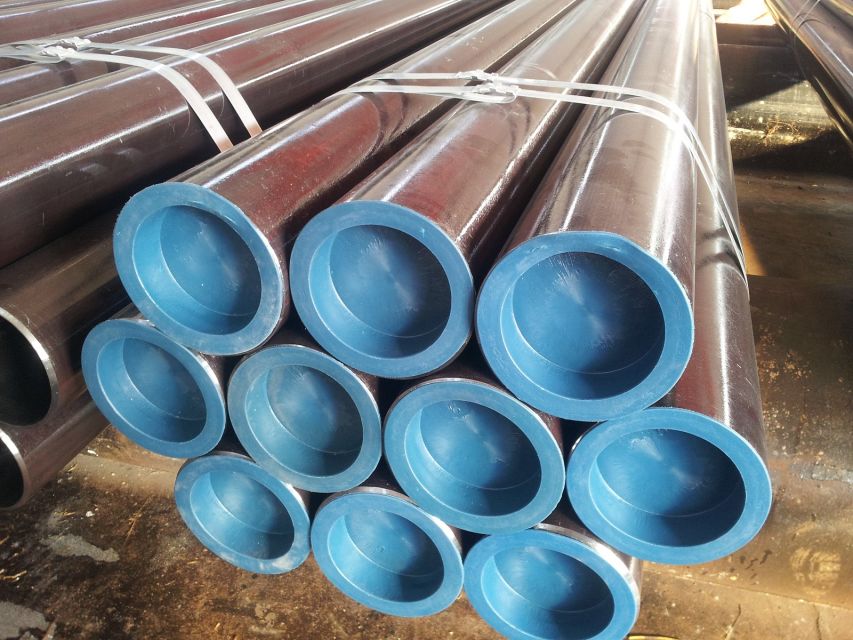
HOW THESE PIPES ARE MADE?-erw carbon steel pipe
Steel pipes are cylindrical steel tubes that are used in the manufacture and infrastructure of several different styles. They are the most used steel industry product. The key use of pipe is in the underground movement of liquid or gas, including oil, gas and water. However in the development and construction process pipes of different sizes are used. The narrow steel pipe that operates the cooling system in refrigerators is a typical example of household development. Building uses heating and plumbing tubing. It is possible to create structures using steel pipes of various sizes like handrails, bike racks or pipe pads.The pioneer of steel pipe fabricators is believed to be William Murdoch. In 1815 he mixed barrels of muskets with a burning system of coal lamps. In his revolutionary piping method, Murdoch used coal gas to be brought to lamps on London’s streets.Since the 1800’s, significant advances have been made in steel pipes technology, including the advancement of production processes, development of applications for their use and the development and qualification of regulations and standards.Consulte Mais informação -
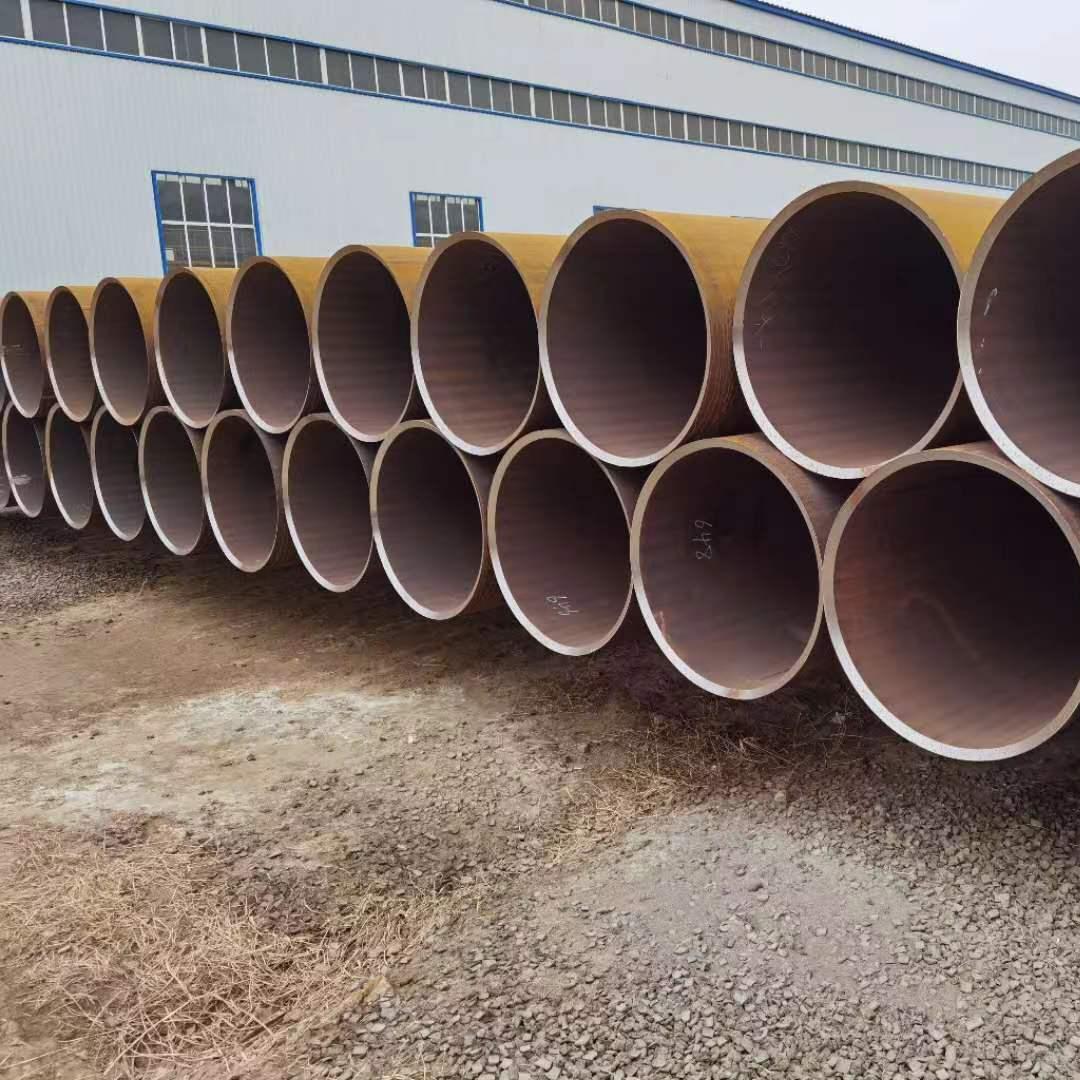
lsaw tubo de aço-erw tubo de aço carbono
Tubos de aço de alta qualidade são produzidos a partir de três (3) processos de fabricação: Sem costura, LSAW (soldagem por arco submerso com costura longitudinal) e ERW (soldagem por resistência elétrica). Os tubos LSAW e ERW são altamente considerados pelos seus numerosos campos de aplicação. Eles são tremendamente usados em soluções e sistemas de fundação, construção naval, construção estrutural e diversas aplicações em projetos hídricos, indústria petroquímica, química e de energia, irrigação agrícola, construção urbana e muito mais.Consulte Mais informação -
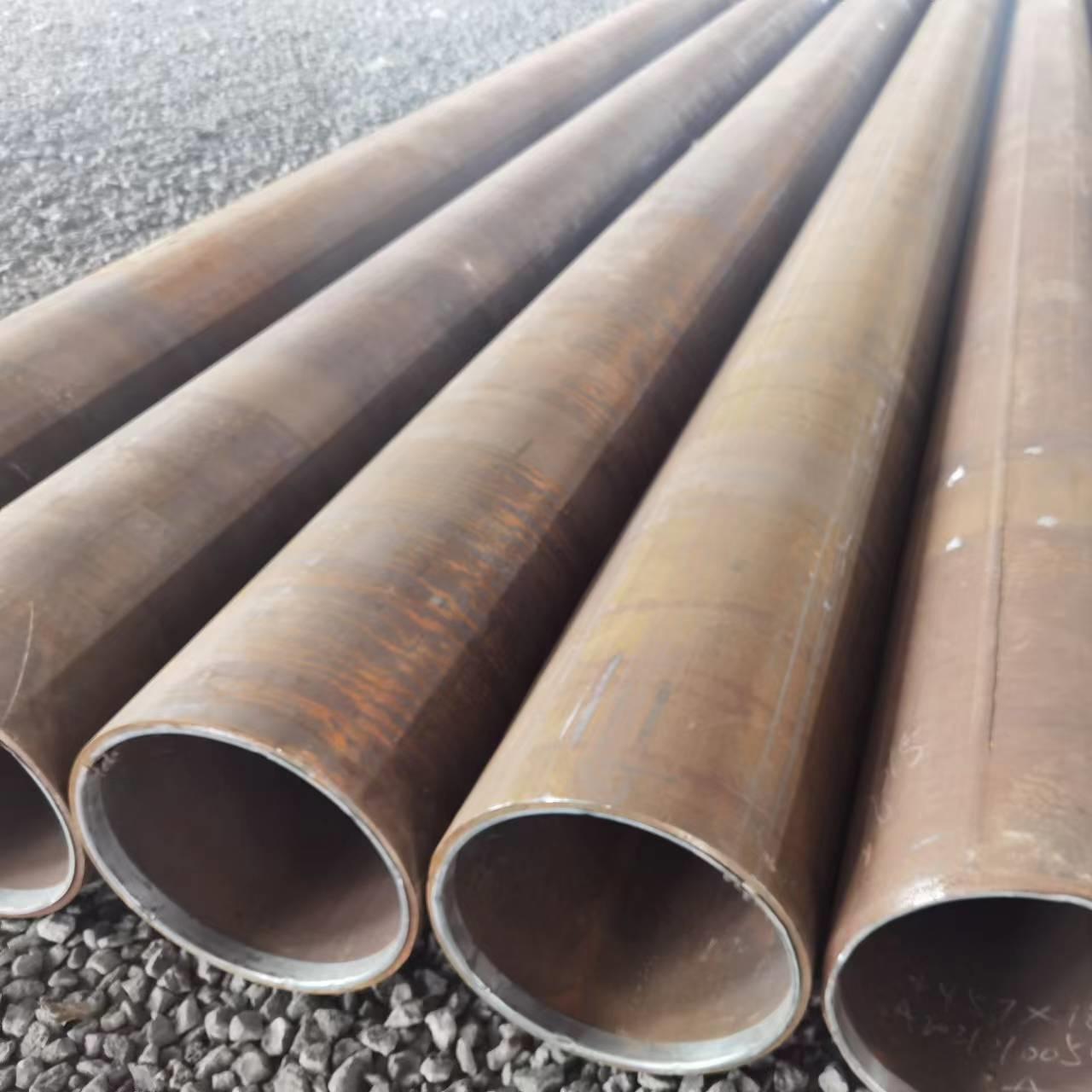
How lsaw steel pipe made?-lsaw steel pipe
LSAW steel pipe (Longitudinally Submerged Arc Welding abbreviated as LSAW) is a professional expression term for LSAW steel pipe. It uses a single medium and thick plate as the raw material, and the steel plate is pressed (rolled) into a tube blank in a mold or a forming machine. The pipe is produced by submerged arc welding and expanded diameter.UOE LSAW pipe forming process:The three main forming processes of UOE LSAW steel pipe forming process include: steel plate pre-bending, U forming and O forming. Each process adopts a dedicated forming press to complete the three processes of pre-bending the edge of the steel plate, U forming and O forming in sequence to deform the steel plate into a circular tube.JCOE LSAW pipe forming process:Forming: After several steps of stamping on the JCO forming machine, first half of the steel plate is pressed into a "J" shape, then the other half of the steel plate is pressed into a "J" to form a "C" shape, and finally pressurized from the middle to form An open "O"-shaped tube blank is formed.Consulte Mais informação -
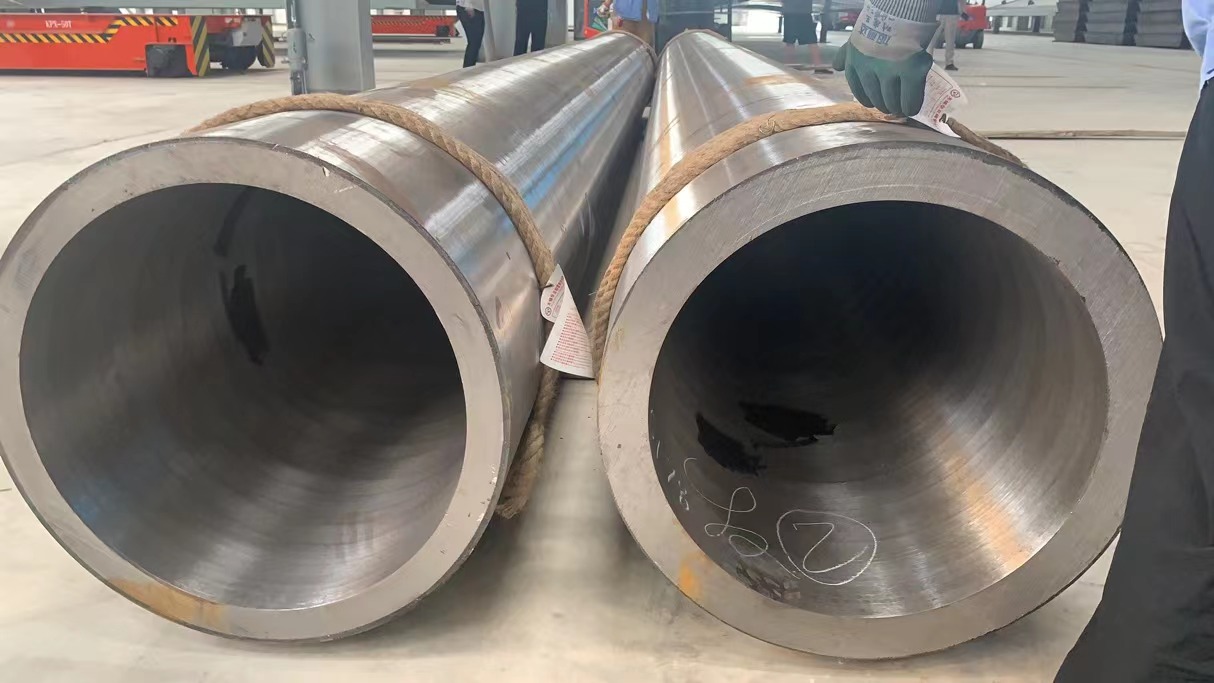
Tubo e tubo comparado com tubo de aço lsaw
O tubo de aço (e o tubo de aço) evoluiu ao longo da história. Especificamente, o tubo de metal existe desde cerca de 3.000 aC. Na verdade, os egípcios fizeram o primeiro tubo de metal de cobre. Já em 2.500 aC, os chineses usavam tubos de bambu como forma de transportar gás. Já em 2.500 aC, os chineses usavam tubos de bambu como forma de transportar gás natural para Pequim, sua capital. Roma e a Pérsia criaram aquedutos para levar água aos centros das cidades para tomar banho, lavar e beber. Além disso, o cano (ou tubulação) é feito com muitos materiais e métodos diferentes. Pedra oca, argila cozida, bambu, palmeira, sequóia, chumbo, bronze, cobre e borracha são apenas alguns dos materiais que compõem os tubos. Em meados de 1800, a indústria siderúrgica moderna foi reforçada com o processo Bessemer. O processo Bessemer representou o primeiro método barato para produção em massa de tubos de aço. Posteriormente, o tubo sem costura nasceu em 1895. Seguido rapidamente pela fabricação de automóveis, bicicletas e máquinas para produção de petróleo, que começou com força total.Consulte Mais informação -
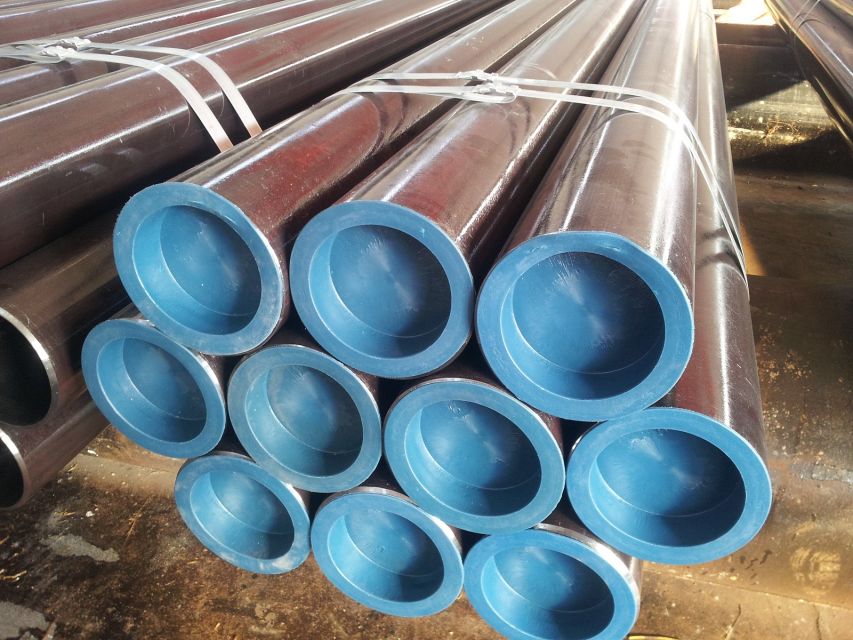
HOW THESE PIPES ARE MADE?-lsaw steel pipe
Steel pipes are cylindrical steel tubes that are used in the manufacture and infrastructure of several different styles. They are the most used steel industry product. The key use of pipe is in the underground movement of liquid or gas, including oil, gas and water. However in the development and construction process pipes of different sizes are used. The narrow steel pipe that operates the cooling system in refrigerators is a typical example of household development. Building uses heating and plumbing tubing. It is possible to create structures using steel pipes of various sizes like handrails, bike racks or pipe pads.The pioneer of steel pipe fabricators is believed to be William Murdoch. In 1815 he mixed barrels of muskets with a burning system of coal lamps. In his revolutionary piping method, Murdoch used coal gas to be brought to lamps on London’s streets.Since the 1800’s, significant advances have been made in steel pipes technology, including the advancement of production processes, development of applications for their use and the development and qualification of regulations and standards.Consulte Mais informação